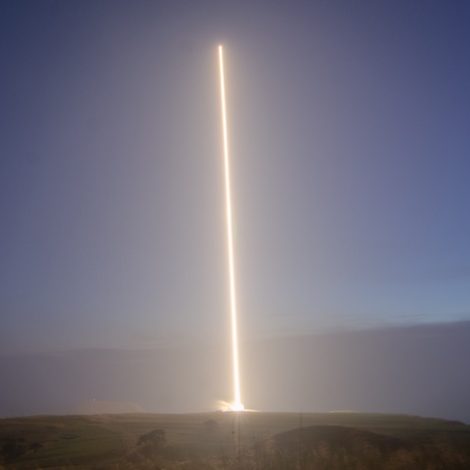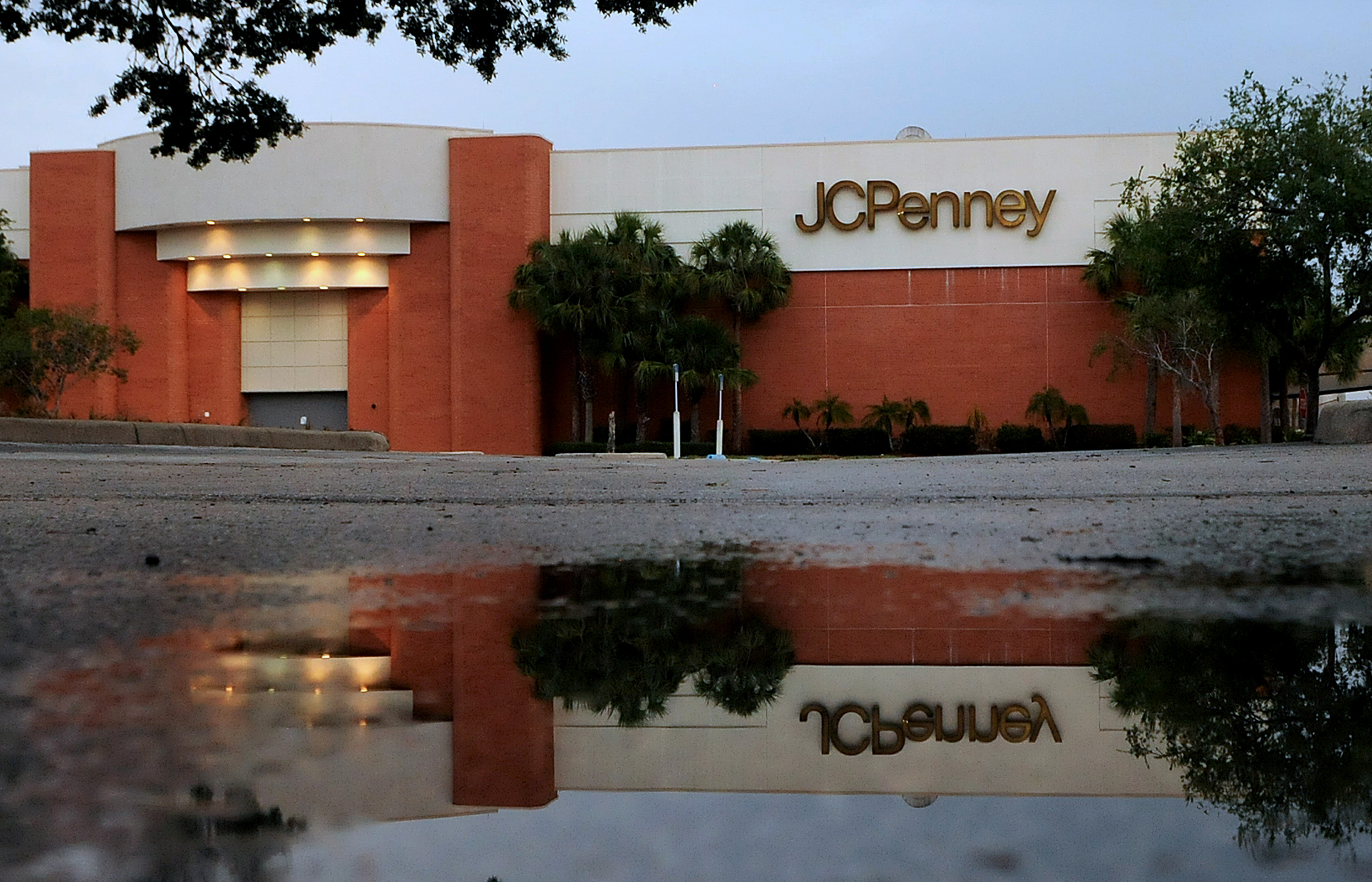Rocket Lab successfully propelled a few smallsats Dec. 6 on an Electron mission designed to test technologies to make the rocket’s first stage reusable.
The Electron lifted off from the organization’s launch site on New Zealand’s Mahia Peninsula at 3:18 a.m. Eastern after over seven days of delays caused by ground equipment issues and climate. The rocket’s Curie kick organize deployed its payload of seven smallsats beginning about an hour after liftoff.
Six of the seven satellites were “PocketQube” picosatellites, smaller versions of CubeSats, created by Scottish organization Alba Orbital for five clients in the United States and Europe. Those satellites will perform a variety of technology demonstrations, from inter-satellite communications that connect to the Internet of Things availability.
The seventh, and biggest, the satellite is ALE-2, from Japanese organization Astro Live Experiences. The 75-kilogram satellite will demonstrate the ability to deliver artificial meteor showers by releasing colored projectiles that will burn up in the upper atmosphere.
The launch, the tenth for the Electron and called “Running Out Of Fingers” by Rocket Lab, is the first of a “block upgrade” for the rocket that incorporates improvements as a major aspect of the organization’s endeavors to recuperate and reuse the first stage. Those changes incorporate the expansion of new flight PCs and S-band telemetry for a guidance and navigation system to control the stage through reentry back to the ground.
Rocket Lab said preceding the launch that it would not endeavor to recuperate the stage, yet rather utilize the mission accumulate information as it experiences what the organization has named the “wall” of warming as it renters. “We’re doing basically everything except popping parachutes,” Peter Beck, chief executive of Rocket Lab, said in a November interview.
While there was just limited video from the first stage as it began its reentry, Beck said a brief span later that test went well. “Electron made it through a wall! Solid telemetry all the way to sea level with a healthy stage. A massive step for recovery!!” he tweeted.
The launch was the 6th and last Electron mission 2019. The organization is envisioning a higher flight rate in 2020, which has been driving its work on rocket reusability as well as assembling upgrades to speed the generation rate of rockets. The organization will likewise not long from now officially open its second launch site, on Wallops Island, Virginia, with the first launch from there scheduled for early 2020.
Disclaimer: The views, suggestions, and opinions expressed here are the sole responsibility of the experts. No News Feed Central journalist was involved in the writing and production of this article.



